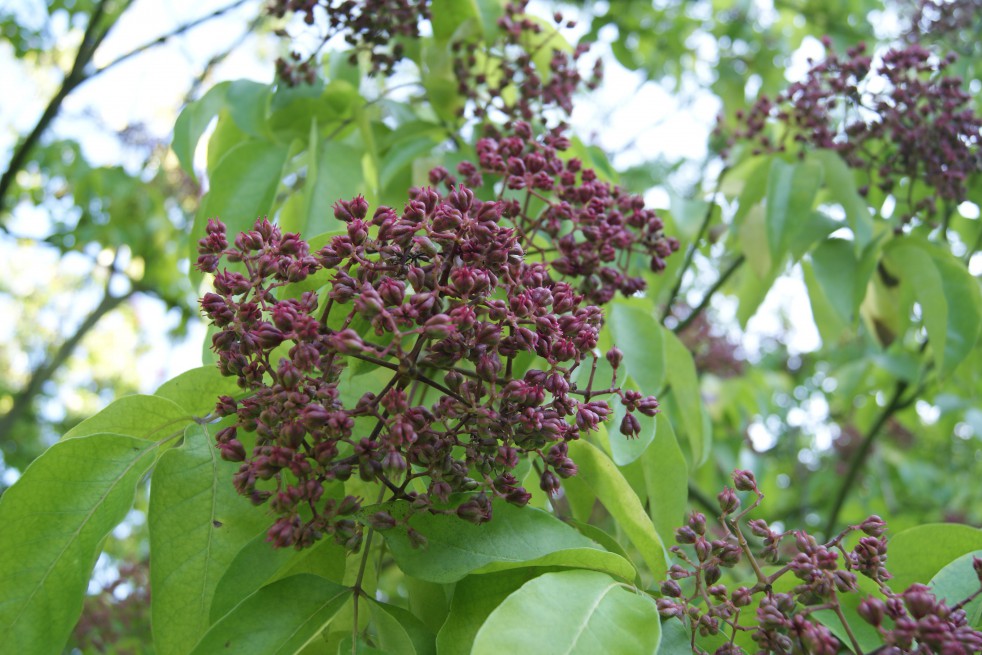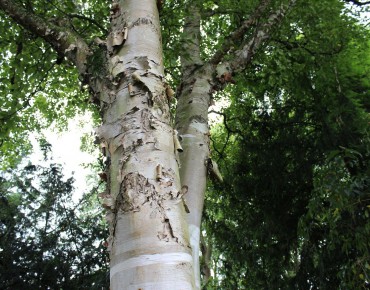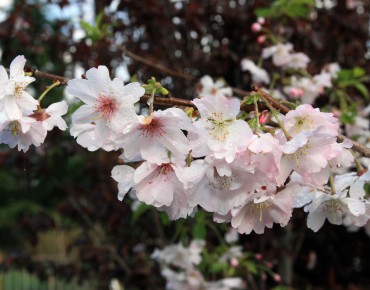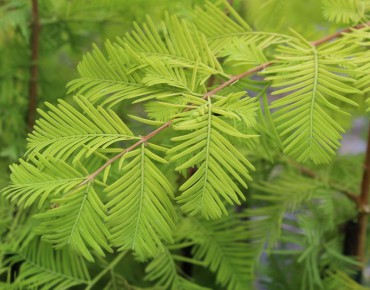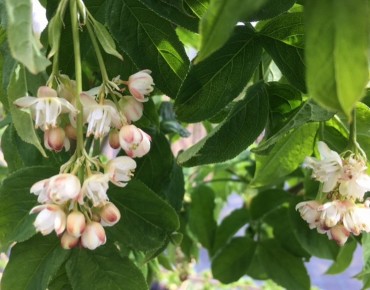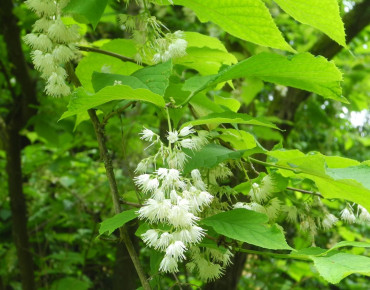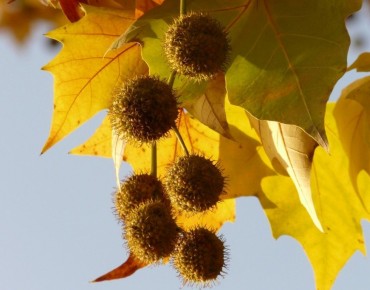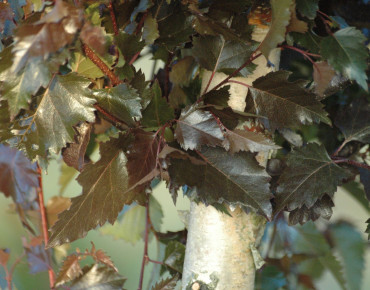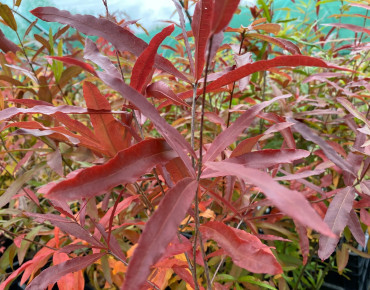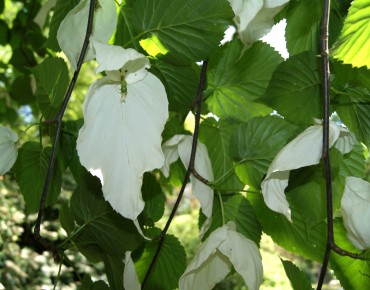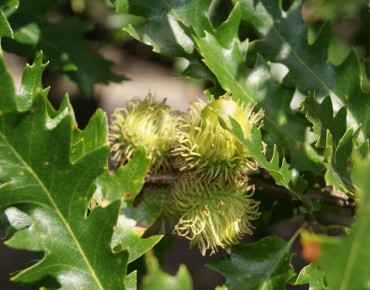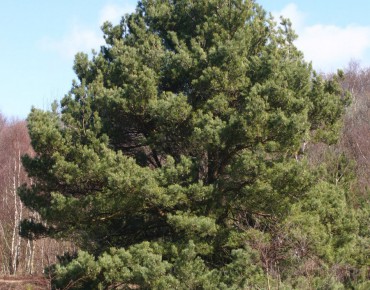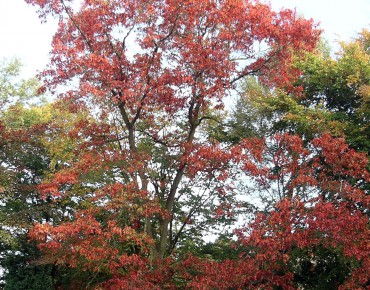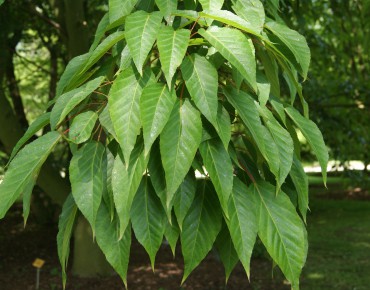- Out-of-Stock
Honey Tree
Tetradium Daniellii
Description
Tetradium daniellii – Honey Tree
The Honey Tree (Tetradium daniellii, formerly Euodia daniellii) is a deciduous tree native to Asia, highly valued for its exceptional honey-bearing flowering in summer.
Origins and Characteristics
Originating from China and Korea, Tetradium daniellii belongs to the Rutaceae family, the same as citrus fruits. Still little known in private gardens, it is highly appreciated in parks and orchards for its harmonious shape, late flowering, and ecological interest.
It can take the form of a small single-trunk tree or a multi-stemmed shrub depending on the size and pruning method chosen.
Description and Particularities
Its foliage, composed of long dark green pinnate leaves, gives the tree an exotic and light appearance. In summer, large umbels of fragrant white flowers appear, attracting swarms of bees and pollinators. In autumn, the flowers give way to small dark red to black fruits, decorative and favored by birds.
- Adult height: 8 to 15 m (depending on soil type and pruning)
- Width: 5 m
- Foliage: Deciduous, dark green, shiny, composed of 7 to 11 leaflets
- Habit: Rounded or spreading, naturally balanced
- Bark: Light grey, smooth, decorative with age
Plant Characteristics
- Type: Tree or large deciduous shrub
- Hardiness: Excellent (down to -20 °C)
- Flowering: June to August, sometimes early September depending on climate
- Fruiting: Autumn, dark red fruits turning black
- Growth: Medium to fast
- Lifespan: Long (several decades)
Flowering and Fruiting
- Exceptional honey-bearing flowering: very fragrant creamy white umbels
- Attracts: Bees, bumblebees, butterflies — very melliferous plant
- Fruits: Small capsules containing seeds, initially red then black, persistent until winter
Exposure and Soil
- Exposure: Sun or partial shade (optimal flowering in sun)
- Soil: Fertile, well-drained, neutral to slightly acidic
- Tolerates poor or dry soils once established
- Dislikes stagnant moisture
Planting
Plant in spring or autumn, outside frost periods.
Allow good lateral development: at least 4 m distance from other plants.
- Loosen soil deeply, enrich with well-matured compost
- Water regularly during the first two years
Watering
- Regular during the first year
- Then very drought-tolerant
- Mulching recommended to keep soil cool
Pruning
- No pruning needed: natural habit is balanced
- Can be trained as a tree or maintained as a coppice
- Light pruning possible in winter (frost-free), to aerate or balance
Propagation
- By seed (easy but slow to grow)
- By semi-hardwood cuttings in summer (more technical)
- Not invasive despite its ability to self-seed
Garden Use
The Honey Tree is ideal for:
- Food or permaculture gardens (promotes biodiversity)
- Groups of melliferous trees or natural orchard
- Isolated ornamental tree on lawns
- High free hedge or boundary
Disease and Pest Resistance
- Very little susceptible to diseases or pests
- Extremely resistant to variable climatic conditions
- Requires good drainage to avoid root stress
Tips for Optimal Growth
- Plant in full sun to maximize flowering and fruiting
- Do not over-fertilize: prefers moderately fertile soils
- Associate with other melliferous species: linden, black locust, fruit trees
- Plant near vegetable garden or beehive to attract pollinators
The Tetradium daniellii, or Honey Tree, is a reliable choice for ecological and food-producing gardens. Spectacular in summer flowering, valuable for pollinators, combining beauty, usefulness and ease of maintenance. A true ally for a lively, sustainable, and welcoming garden.
Features
- Common name : Honey Tree
- Family : Rutaceae
- Category : tree
- Spread : 5 m
- Foliage : deciduous
- Color of flowers : creamy white, very fragrant
- Use : isolated, shrubbery
- Soil : drained well
- Habit : spread out
- Earth to use : Universal humus
- Enemies : Nothing to report
- Possible diseases : Resistant to disease
Expédition & livraison
How does the delivery work?
 As soon as you place your order your plants are selected
As soon as you place your order your plants are selected Each order is processed individually.
Each order is processed individually. Plants are packed, staked and labeled.
Plants are packed, staked and labeled. Packaging is carefully implemented to avoid any problems.
Packaging is carefully implemented to avoid any problems. Packages are ready to be shipped.
Packages are ready to be shipped.
Our delivery methods
Shipping of our plants throughout Europe (except overseas and islands).
Customer reviews

